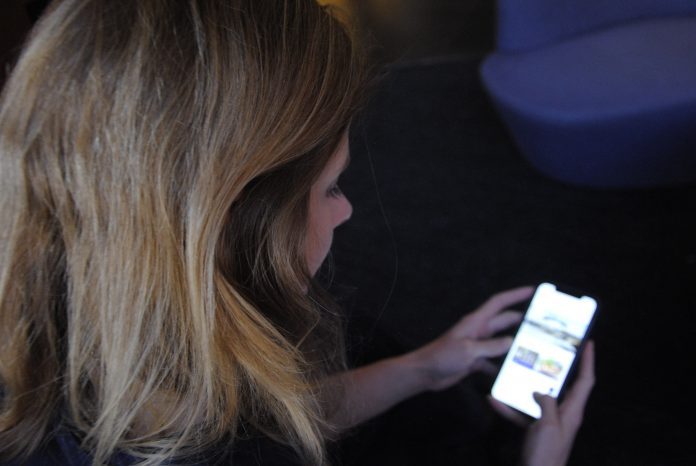Niceland Seafood wants to change the PR and marketing approach in the seafood industry. Now the company is looking into partnering with Norwegian companies.
“We have been looking into the Norwegian market. I think there is a lot of potential for Norwegians and Icelanders to work more closely together and learn from each other in terms of sales and marketing,”says Heiða Kristín Helgadóttir founder and CEO of Niceland Seafood, with a 10 year long background in politics in Iceland.
The founders behind Icelandic Niceland Seafood experienced an industry, where the spotlight was only on outcome and the story behind the products was left out. So they created Niceland Seafood, which is a seafood exporter that provides traceable seafood from sea to pan. With an QR code you can scan with your smartphone and get directed to a timeline that shows the costumer the individual journey of the fish.
“Norwegians in my mind have done a great job especially with salmon and introducing the product to the North American market. Icelander can learn a lot from that,” she says.
Niceland Seafood is at the moment only selling Icelandic products as cod, wolffish, char, cod, pollock and 14 pct. of their revenue comes from Icelandic Salmon. But the company is expecting to grow their sales in the North American market by 110 pct. Some of this will hopefully come when entering more partnerships with overseas producers, and Norway is an obvious collaboration country, especially in regards to salmon.
Heiða Kristín Helgadóttir says they are both looking into partnering with smaller companies and bigger ones. The most important criteria for her is, that companies have a interest in telling their story, from the high technological insight of the boat to farming procedures.

Not scared of competition
To grow the company they are now looking into possibilities of partnering with Norwegian producers to create more traceable storytelling of the salmon industry, and the company is not scared of competitors.
“Seafood is a very competitive space. But our biggest competitor right now is the commodity mindset. We have to start treating this product with more respect and value it. That means taking time to develop products the market wants and educating the consumer, that knows nothing about seafood and has no concept of its value,”Heiða Kristín Helgadóttir explains.
Copy cat?
With a product that is mainly based on storytelling the reader might ask, if companies could not just copy paste their business.
Heiða Kristín Helgadóttir underlines that there is a risk of this, but that their marketing approach is so unique and unheard of before in the seafood industry, so this would take a long time.
“I think there is a marketing and educational element missing and I think that is why seafood is not growing as a product in terms of how much consumers are consuming. It is very stagnate, especially in the US,” says Helgadóttir, referring to market numbers showing that the consume of seafood in the US has not grown as in Europe. Market analysis also state that in regards to protein intake, costumers still often chose other protein sources than seafood.
Other protein sources better branded
According to Helgadóttir other diets are better branded and give the costumer an understanding of the whole process behind the product, this is lacking in the seafood business.
“There is so much push from other brands, vegan diets, meet diets and all of these things are being pushed to the consumer in a though out way and I see the seafood industry as a whole can do better on that. “
Helgadóttir sees that the main focus in the industry is getting the product out and selling. Getting people to think in another way takes time. With her business partner Oliver Luckett, with a background in Disney, this alternative way of thinking has been brought out to costumers.
“He has great visions and then I kill his dreams. It is a balance, somewhere in the middle we have realistic dreams,” says Helgadóttir while laughing.
On the bottom line the company is also expecting a good result.
“We will be at a very good place if we reach 30 million US in revenue for the total organisation in 2020,” concludes Heiða Kristín Helgadóttir.

